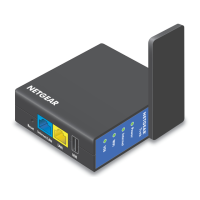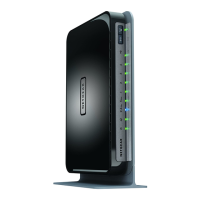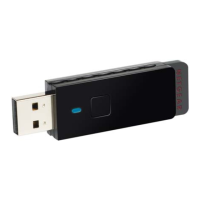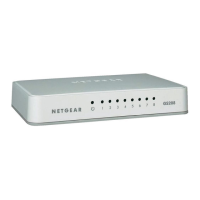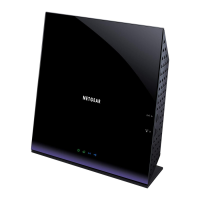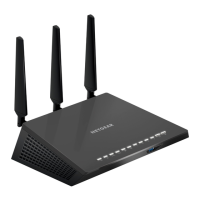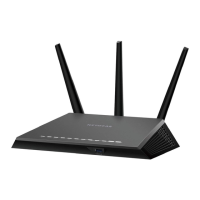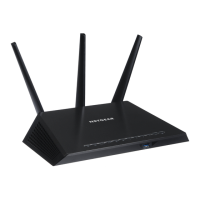Table 7. Technical specifications for the satellite (Continued)
DescriptionFeature
FCC Part 15, Subpart B, Class B
IECS-003, Class B
EN 55032, EN 55035, Class B
AS/NZS CISPR 32, Class B
Electromagnetic emissions
RJ-45 port supporting 10BASE-T, 100BASE-TX, and
1000BASE-T
LAN
Maximum wireless signal rate complies with the IEEE 802.11
standard.
4
WiFi
2.4 GHz: Max 600 Mbps
5 GHz Front haul: Max 1200 Mbps
5 GHz Back haul: Max 1800 Mbps
Radio data rates
IEEE 802.11b/g/n 2.4 GHz–1024 QAM support
IEEE 802.11 a/n/ac 5 GHz–1024 QAM support
Data encoding standards
Limited by the amount of WiFi network traffic generated by
each node (typically 50–70 nodes).
2.4 GHz: 127
5 GHz (front haul): 127
Maximum number of
computers per wireless
network
2.4 GHz:
•
2.412–2.462 GHz (US)
•
2.412–2.472 GHz (Europe ETSI)
5 GHz:
•
5.18 GHz–5.24 GHz and 5.745 GHz–5.825 GHz (US)
•
5.18 GHz–5.24 GHz and 5.5 GHz–5.7 GHz (Europe)
•
5.26 GHz–5.32 GHz (Europe)
Operating frequency range
WPA-PSK [TKIP], WPA2-PSK [AES], WPA3-Personal802.11 security
4
Maximum wireless signal rate derived from IEEE Standard 802.11 specifications. Actual throughput can vary. Network
conditions and environmental factors, including volume of network traffic, building materials and construction, and
network overhead, lower actual data throughput rate.
User Manual149Supplemental Information
Nighthawk Tri-band Mesh WiFi 6

